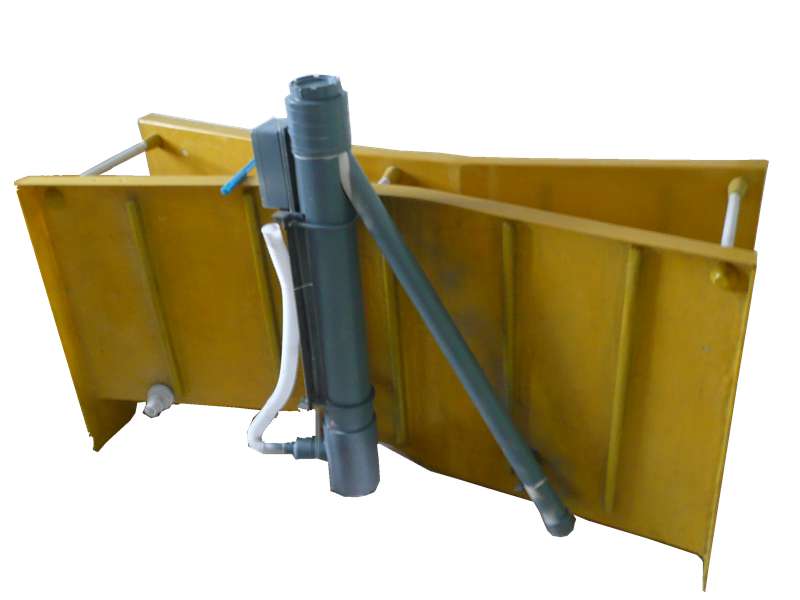
-
 Afrikaans
Afrikaans -
 Albanian
Albanian -
 Amharic
Amharic -
 Arabic
Arabic -
 Armenian
Armenian -
 Azerbaijani
Azerbaijani -
 Basque
Basque -
 Belarusian
Belarusian -
 Bengali
Bengali -
 Bosnian
Bosnian -
 Bulgarian
Bulgarian -
 Catalan
Catalan -
 Cebuano
Cebuano -
 China
China -
 China (Taiwan)
China (Taiwan) -
 Corsican
Corsican -
 Croatian
Croatian -
 Czech
Czech -
 Danish
Danish -
 Dutch
Dutch -
 English
English -
 Esperanto
Esperanto -
 Estonian
Estonian -
 Finnish
Finnish -
 French
French -
 Frisian
Frisian -
 Galician
Galician -
 Georgian
Georgian -
 German
German -
 Greek
Greek -
 Gujarati
Gujarati -
 Haitian Creole
Haitian Creole -
 hausa
hausa -
 hawaiian
hawaiian -
 Hebrew
Hebrew -
 Hindi
Hindi -
 Miao
Miao -
 Hungarian
Hungarian -
 Icelandic
Icelandic -
 igbo
igbo -
 Indonesian
Indonesian -
 irish
irish -
 Italian
Italian -
 Japanese
Japanese -
 Javanese
Javanese -
 Kannada
Kannada -
 kazakh
kazakh -
 Khmer
Khmer -
 Rwandese
Rwandese -
 Korean
Korean -
 Kurdish
Kurdish -
 Kyrgyz
Kyrgyz -
 Lao
Lao -
 Latin
Latin -
 Latvian
Latvian -
 Lithuanian
Lithuanian -
 Luxembourgish
Luxembourgish -
 Macedonian
Macedonian -
 Malgashi
Malgashi -
 Malay
Malay -
 Malayalam
Malayalam -
 Maltese
Maltese -
 Maori
Maori -
 Marathi
Marathi -
 Mongolian
Mongolian -
 Myanmar
Myanmar -
 Nepali
Nepali -
 Norwegian
Norwegian -
 Norwegian
Norwegian -
 Occitan
Occitan -
 Pashto
Pashto -
 Persian
Persian -
 Polish
Polish -
 Portuguese
Portuguese -
 Punjabi
Punjabi -
 Romanian
Romanian -
 Russian
Russian -
 Samoan
Samoan -
 Scottish Gaelic
Scottish Gaelic -
 Serbian
Serbian -
 Sesotho
Sesotho -
 Shona
Shona -
 Sindhi
Sindhi -
 Sinhala
Sinhala -
 Slovak
Slovak -
 Slovenian
Slovenian -
 Somali
Somali -
 Spanish
Spanish -
 Sundanese
Sundanese -
 Swahili
Swahili -
 Swedish
Swedish -
 Tagalog
Tagalog -
 Tajik
Tajik -
 Tamil
Tamil -
 Tatar
Tatar -
 Telugu
Telugu -
 Thai
Thai -
 Turkish
Turkish -
 Turkmen
Turkmen -
 Ukrainian
Ukrainian -
 Urdu
Urdu -
 Uighur
Uighur -
 Uzbek
Uzbek -
 Vietnamese
Vietnamese -
 Welsh
Welsh -
 Bantu
Bantu -
 Yiddish
Yiddish -
 Yoruba
Yoruba -
 Zulu
Zulu
fiberglass dual lamination
Understanding Fiberglass Dual Lamination Benefits and Applications
Fiberglass dual lamination is an advanced manufacturing technique that involves the bonding of two layers of fiberglass to create a composite material. This innovative approach combines the strength and durability of fiberglass with enhanced protective features, making it an ideal choice for various industrial applications.
The primary advantage of fiberglass dual lamination lies in its ability to provide superior structural integrity. The first layer typically consists of reinforced fiberglass, which offers strength and resistance to environmental stressors. The second layer is often designed with specific attributes, such as UV resistance, chemical resistance, or heightened impact resistance, depending on the intended application. This dual-layer configuration allows manufacturers to tailor the material properties to meet the specific demands of different industries.
One of the key applications of fiberglass dual lamination is in the construction of tanks and vessels used in the chemical and wastewater management sectors. These tanks must endure harsh chemicals and corrosive substances, making it essential to use materials that can withstand such conditions. The dual lamination process ensures that these tanks not only have the mechanical strength needed to hold heavy liquids but also possess the chemical resistance to prevent degradation over time.
fiberglass dual lamination

In addition to chemical applications, fiberglass dual lamination is also gaining traction in the automotive and aerospace industries. Lightweight yet strong, this laminated material is ideal for manufacturing components like body panels and structural parts. The reduction in weight contributes to improved fuel efficiency and performance, which are critical factors in today's competitive automotive market. Similarly, in aerospace applications, the rigidity and lightweight characteristics of fiberglass dual lamination contribute to aircraft construction, ensuring safety and efficiency.
Furthermore, fiberglass dual lamination offers excellent thermal insulation properties. This characteristic makes it suitable for applications requiring temperature regulation, such as insulation in buildings and refrigeration units. In energy-efficient building designs, using laminated fiberglass can significantly reduce energy consumption, making it a sustainable choice for modern construction practices.
The manufacturing process of fiberglass dual lamination involves a combination of techniques, including hand lay-up, vacuum infusion, and resin transfer molding. Each method has its advantages, allowing manufacturers to select the best approach based on project requirements, cost constraints, and desired material properties.
In conclusion, fiberglass dual lamination stands out as a versatile and effective solution for various industries. Its unique combination of strength, resistance to environmental factors, and customizable properties make it an attractive option for a wide range of applications, from chemical storage to aerospace components. As technology continues to advance, the potential for fiberglass dual lamination will likely expand, leading to innovative products and further enhancements in material performance. This technique not only underscores the importance of composite materials in modern manufacturing but also paves the way for a more durable and efficient future.
Latest news
-
Oblate Tanks: Space-Saving, Durable Liquid Storage SolutionsNewsAug.27,2025
-
High-Performance Piping System Solutions for Industry & Commercial UseNewsAug.26,2025
-
Precision Fittings: Durable & Reliable Industrial & Plumbing SolutionsNewsAug.25,2025
-
Practical Steps: Unlock Success with Our Proven GuidesNewsAug.24,2025
-
Transport Tanks: Safe, Durable & Efficient Liquid HaulingNewsAug.23,2025
-
High-Quality Piping Systems for Efficient Flow & DurabilityNewsAug.22,2025









